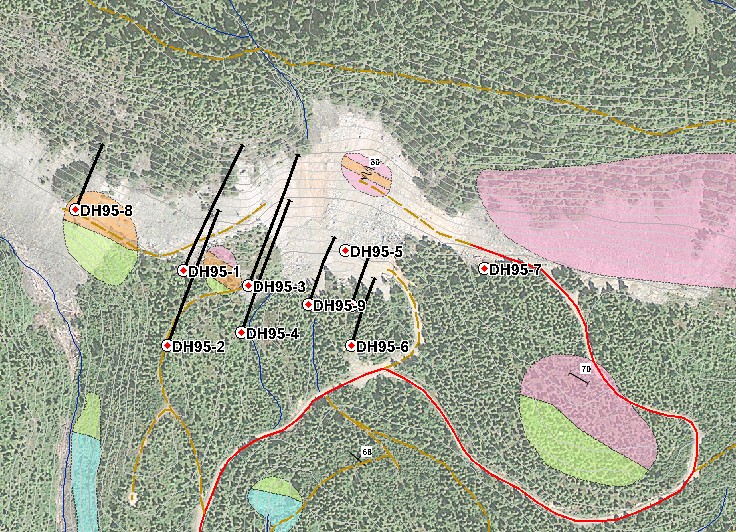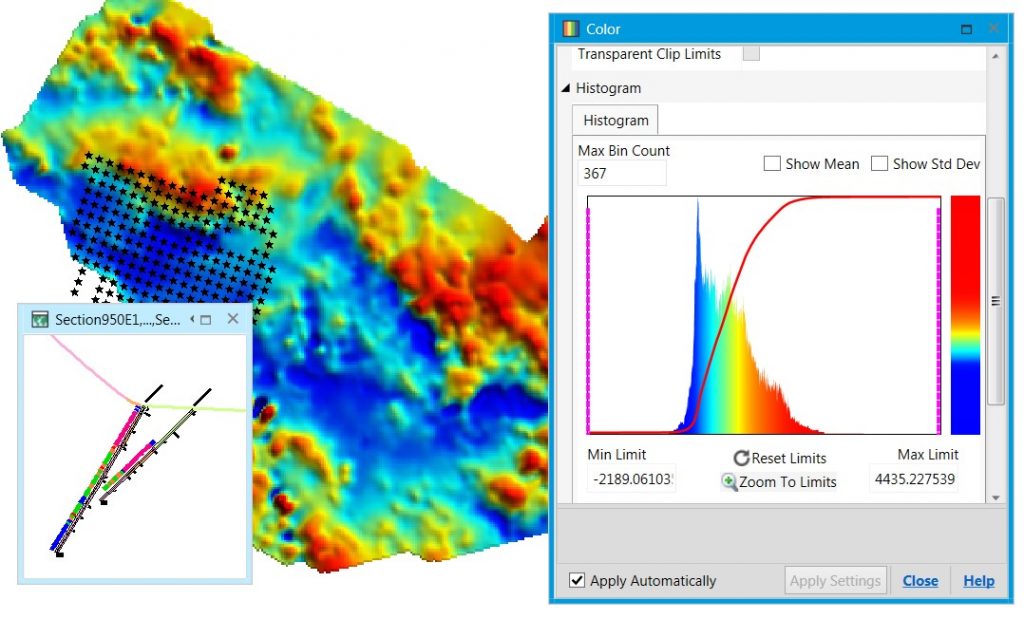MapInfo with Datamine-Discover
Mineral Exploration Module 2
This course covers intermediate to advanced MapInfo Discover topics. The course gives attendees an extensive introduction to working with drillhole data in the 2D environment. Attendees will complete a drillhole data project, starting with the basics of data table design, and finishing with plan views, cross-sections, and section interpretation layers. Exercises dealing with geophysical, surface geochemical, geological, and drillhole survey data will also be taught. Students taking this course will be well-prepared for the Discover 3D course. The course is taught using Datamine Discover 2019. Each attendee requires their own laptop and a copy of Datamine Discover 2019. Free evaluation licenses can be provided, but these must be requested and installed before coming to class. Attendees should be familiar with all concepts and procedures discussed in the course Datamine Discover – Mineral Exploration Module 1.

